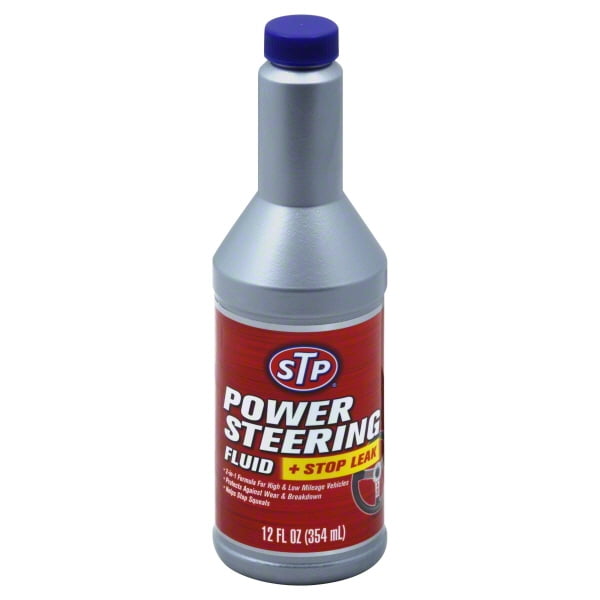

First of all, always start with a cool engine, so that the radiator cap can be safely removed.However, there are some precautions to take before and after pouring the sealant in the radiator.Īlways carefully read and follow the instructions of the specific product you’re using. You may think this is as simple as pouring it in. Liquid is the most common and tends to be the most effective, since it allows for the presence of useful additives that help corrode rust and reduce dirt and grime in the system. Similarly, there are various packages and consistencies they come in, mainly liquid and tablet form. Their exact composition, for obvious reasons, is a trade secret. Some of them boast aluminum (like our top pick), copper, or even almond particles in their formulae. There are many types of cooling system stop leaks. As more fibers get attached, they build a strong mesh which will then harden and cure with the heat of the engine, permanently sealing the leak. As they flow through the system they embed in any gaps because of the sudden change in pressure. Modern stop leak car sealants are made from ceramic or metallic fibers.

The best stop leaks today will be able to seal the leaks in your radiator more permanently without clogging or damaging the cooling system in any way.

Radiator stop leak sealants suffered a bad reputation in the past as the early versions would form a gummy layer that would seal the leak but also sometime clog up the cooling system.Īdditionally, these products were often temporary solutions that you had to top-up each time you flushed your radiator fluid.įortunately, things have changed over the years and products improved significantly. What is Radiator Stop Leak and How does It Work?Ī radiator stop leak is a chemical product able to form a seal on the cooling system cracks and thus stop the leak. And it’s what your mechanic would probably use anyway. Radiator stop leaks (aka radiator sealants) represent a very cheap and effective solution to repair minor cracks in the cooling system that may be causing the leakage. And replacing the radiator completely is even more expensive. Having a mechanic manually repair the leak is usually very expensive. If, on the other hand, you find a pool of watery (not oily) liquid under your parked vehicle, then you have a proper leak, and you need to take a different course of action. You can simply clean it with a radiator flush and everything should be back to normal.

If the engine temperature warning light came on but there doesn’t seem to be any evident leak, then maybe you’re in luck and you just have a rusty or clogged-up cooling system. It is also critically important since without proper cooling the engine would soon overheat and breakdown. In most vehicles, cooling is performed by circulating a liquid – aptly named engine coolant – through the engine block (where it absorbs the heat) and then through the radiator (where the heat is dissipated).Ĭooling is necessary for practically all engines, as part of the motor work will always be converted into heat. The radiator is a component of your vehicle that is used for cooling the engine. And you absolutely have to fix it as soon as possible! If the engine temperature warning light came on, then you likely have a problem with your vehicle cooling system.


 0 kommentar(er)
0 kommentar(er)
